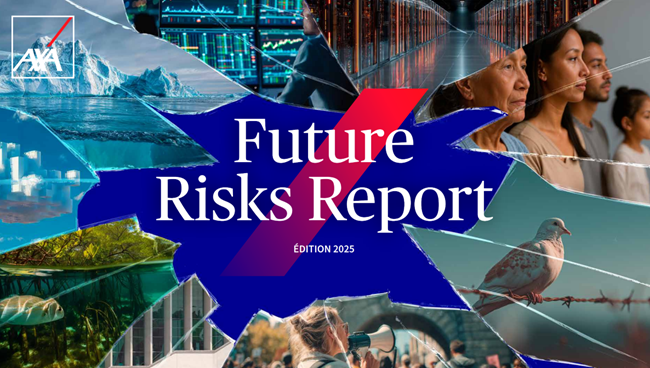The new Future Risks Report 2025 confirms a world under strain—and a ranking that barely shifts on the essential: climate risk remains #1 for experts, ahead of geopolitical instability and cybersecurity. Despite the “polycrisis,” climate is still the risk multiplier undermining infrastructure, supply chains, and social stability. Key takeaways:
- Climate #1 for the 5th consecutive year (Top 10), with a strong sense of vulnerability (66% of experts, 75% of the public).
- Public preparedness seen as insufficient: only 12% of experts consider authorities ready to face climate risk.
- Fragmentation & polycrisis: simultaneous rise of geopolitical instability, cyber risk, and social tensions closing the gap with climate.
- Cross-cutting message: the cost of inaction > the cost of transition, hence the need to adapt and mitigate at the same time.
The Link with Matissart
In this context, Matissart reaffirms its carbon-reduction trajectory and its intent to bring the entire supplier ecosystem on board. Our action line:
- Decarbonize processes (targeted electrification, energy sobriety, waste-heat recovery, data-driven control for quality and yield).
- Green procurement (materials with recycled/certified content, progressively strengthened carbon criteria in tenders, long-term contracts that de-risk low-carbon investment).
- Boost resilience to climate and geopolitical shocks (supplier risk mapping, critical dual-sourcing, optimized logistics, site-by-site adaptation plans).
Our ambition is clear: reduce fast, reduce well, and reduce together. In a world where climate remains the top risk—and other threats feed off it—the value of competitive metallurgy will be inseparable from its ability to decarbonize and to hedge against shocks. Matissart chooses to make this a shared competitive advantage across its entire value chain.
